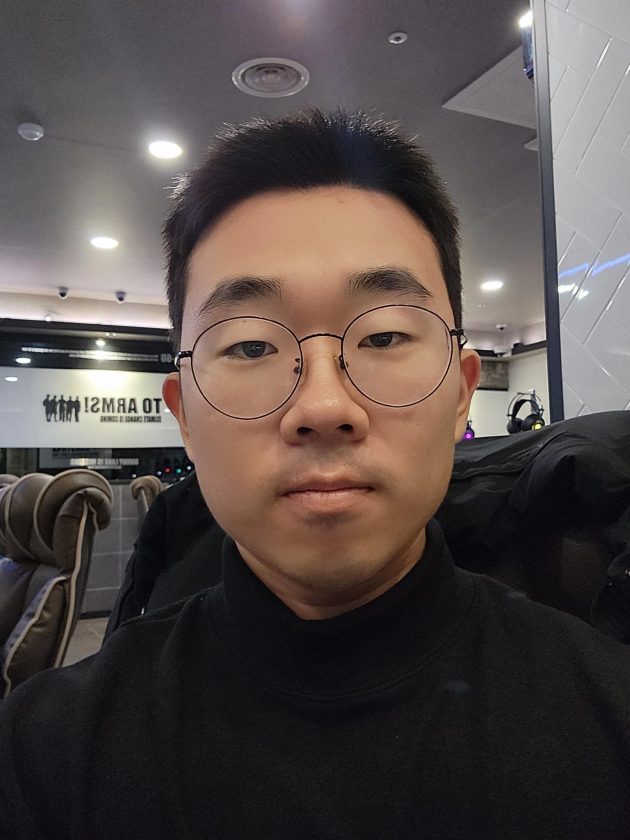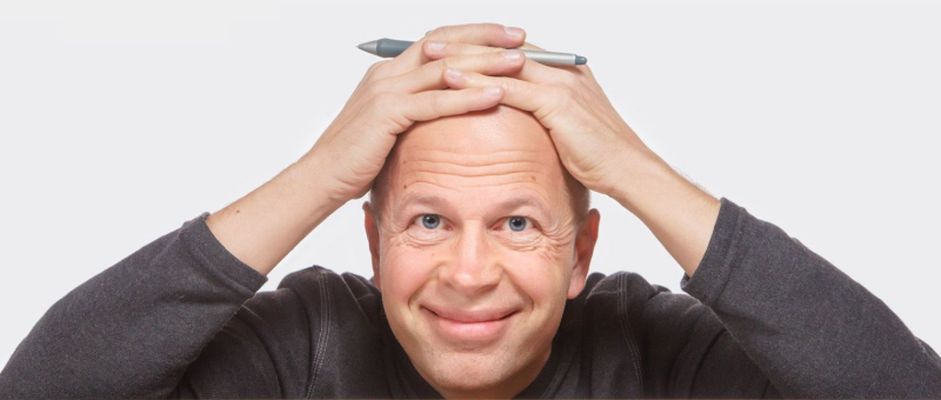
Luca Floreanini is an industrial designer from Friuli Venezia Giulia, Italy. Since 1993, he has been collaborating with Italian and European companies in the ideation and development of new products. Glasses, furniture, espresso machines, bottles, hedge trimmers, scanners, shoes, motocross masks, pressure washers, food containers, lamps are some of areas where his mind dives into.
Lately, we were able to squeeze-in some of his valuable time and dig up gems from his creative impulse. As a designer, Luca feels aesthetics comes from its ergonomics. Read on to learn more about his journey and vision,
Tell us about your current business. What are you doing exactly?
“I do all it takes to bring an idea from the mind to the shelf.” So I described my work as an industrial designer on the home page of my website www.lucafloreanini.it.
Since 1993 I have been working as a freelance with Italian and European companies in the design and development of new products. I have designed products in various sectors, very different things, because I am curious, and I always like to learn new things.
I live every project as an adventure from which I will return with new professional and above all human knowledge, because there are always men and women behind every company and every product.
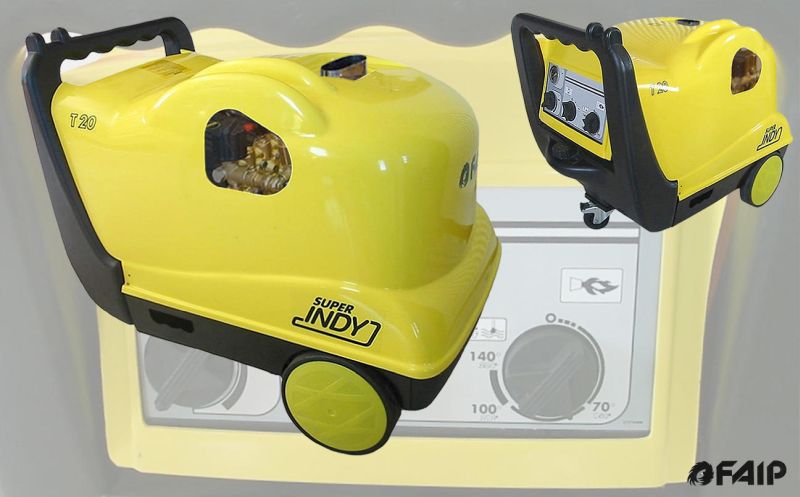
Your product, ‘Kis Containers’, that you designed for Walmart, is stackable and modular. How is it different from ‘portable drawer boxes’?
The containers designed exclusively for Walmart were produced by ABM Italia (now KETER Italia spa) under the KIS brand. These were specifically designed to organize the spaces and keep all the rooms in the house tidy.
What are the differences between a container system like the one made for Walmart and portable drawer boxes?
Both of course can contain objects and clothing protected from dust and sunlight. They can be overlapped and positioned both inside and outside thanks to their pleasant and colorful design.
The main difference from my point of view lies in the practicality and versatility of use. Putting and removing objects from a box with a lid is extremely simple and natural, it is not the same to do it in a drawer especially if full.
Compared to portable drawer boxes, the boxes can be larger and therefore contain more material and larger objects. They can be easily lifted and moved thanks to the comfortable side handles while moving a large drawer is tiring and dangerous (especially if it falls on one foot …)
The boxes are autonomous elements free from any structure and for this reason they can be positioned anywhere, individually or in groups of several overlapping boxes, also of different sizes, because they are modular, as in the case of the containers designed for Walmart.
The drawers, on the other hand, are tied to more or less rigid and heavy structures that act as seats and covers. And finally, they are more eco-sustainable than portable drawer boxes because they are made with a single material and therefore easier to dispose of and recycle.
The boxes designed for Walmart are made of Polypropylene (PP) a totally recyclable plastic material using minimal quantities of energy. They have a design designed to minimize the thickness of the walls while ensuring the necessary strength and rigidity. This translates into less weight and less material used.
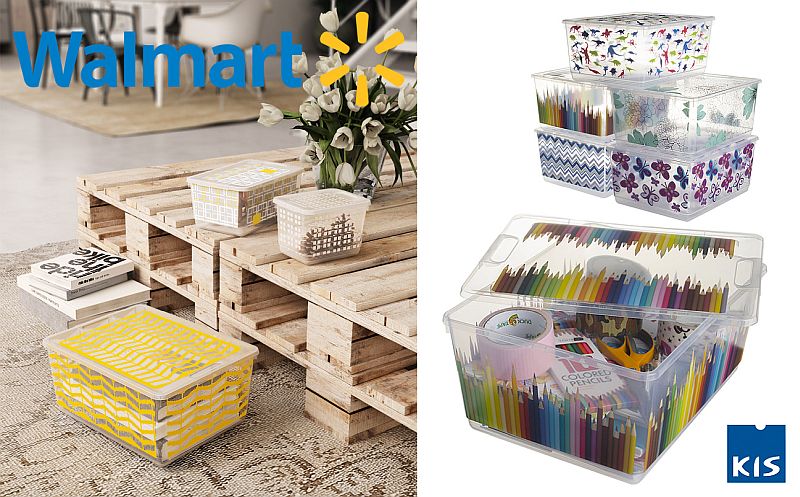
The decorations that cover the boxes are not added with subsequent processing, which would increase the costs and energy used for their production but are made with IML (In-Mold Labeling) technology. It is a process through which, during the injection molding of the boxes, the plastic film on which the colored graphics are printed merges with the plastic of the container. This means that boxes and lids come out of the mold already finished and ready for sale.
The boxes are not only superimposable but also stackable, unlike the portable drawer boxes, that is, they can be inserted one inside the other reducing their size during storage and especially transport.
We all know by now that transporting goods from one part of the planet to the other means consuming energy and putting polluting gases into the atmosphere. A product that takes up less space and weighs less has a significantly lower environmental impact.
How would you describe the ‘Protective Work Shoes’?
This safety shoe was born from an assignment received from GIASCO (www.giasco.com), an Italian company specialized in the production and distribution of safety shoes. I was asked to design a thermoplastic polyurethane (TPU) sole to be applied to different types of uppers.
The design of a sole of this type must comply with precise safety specifications and regulations. The material used, the shape and depth of the tread are factors that must be taken into consideration in order to obtain an optimal adhesion between the sole and the floor, even in the presence of wet surfaces.
The design of the grooves of safety shoes, as well as for sneakers, must not be thought of in a purely aesthetic and decorative key but rather in order to produce maximum adherence between the shoe and the support surface.
The tread grooves must have depth and design such as to be able to guarantee the expulsion of water or other liquids from under the shoes, thus avoiding the aquaplaning effect which is what makes us slip, exactly as happens on car tires.

Once the outsole was molded to CAD3d, I thought it might be interesting to present the customer, not a simple drawing or rendering but a real physical prototype, thanks to the help of rapid prototyping.
At that point I got carried away and I also made a hypothesis of upper that would adapt to the design of the sole to create the full-scale prototype of the entire shoe … a # 42 my size! It was my first assignment in the footwear sector and I therefore thought it would be useful to invest time and resources in the realization of the entire shoe, thus acquiring greater experience and credibility.
What is the message you would like to convey to the people who wear your design?
Aesthetics are important, because they give us pleasure and joy of life, but must always be put in the background when it comes to choosing products to wear (headphones, glasses, watches, shoes, etc …), products that are in contact with body and skin.
When you choose a product to wear, designed by me or anyone else, it does not matter, you prefer ergonomics, functionality and quality of the materials, to avoid unpleasant inconveniences and in some cases important physical damage.
Today, thanks to the web, it is easier to get informed and get a precise idea of the characteristics of a product and it would therefore be really stupid not to take advantage of it.
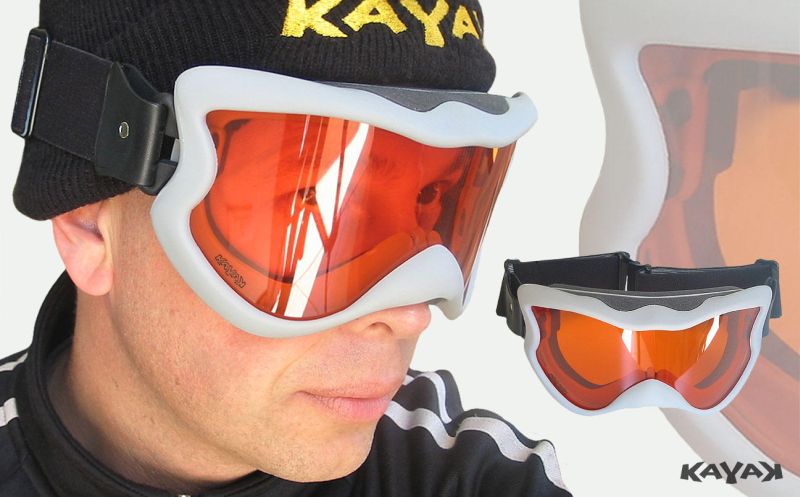
How do you balance function with aesthetic appeal?
I always design products that perform a very specific function, they are electronic and mechanical devices, appliances, tools, chairs, armchairs and containers. Function and functionality and production costs are always my starting point when I receive an assignment.
I transform the customer’s requests and technical specifications into a series of freehand sketches. They are sketches that I rarely show because they are only “stylized consolidations” of all my mental lucubrations.
They are deliberately poor sketches graphically (I don’t want to fall in love with my design but with the concept, with the idea) which nevertheless contain all the information and general evaluations that allow me to move on to the second phase, that of 3D modeling, already knowing that there will be no big surprises or second thoughts.
In fact, I have already hypothesized the aesthetic styles that will characterize the design of that solution and broadly verified its industrial feasibility. I then perform a radical skimming of the sketches choosing only three.
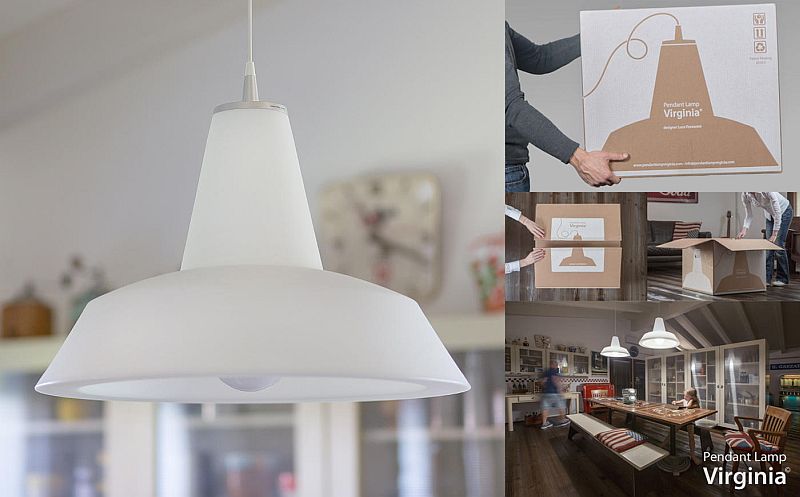
Three totally different hypotheses.
The first one is the most adherent to customer feedback also in terms of design, the second one is an evolution of the first a little more “push” for aesthetic and technical solutions and finally the third … the “shot” as I call it, a solution that has nothing to do with the state of the art because it solves the project in an unusual, unconventional way.
This approach is highly appreciated by the customer because it has the possibility of evaluating three ways, even the one he might never have thought he would like. In fact, it often happens that the chosen solution is the third (the shot).
Frequently the aesthetics of my product comes from the constructive and functional characteristics of that object or from its ergonomics to the point that, in some cases, I have to do very little to improve it. Other times, however, it is a more complex and coordinated work, played on the balance between shapes and proportions, textures and colors.
In both cases the common factor is my style. My vision of industrial design, the one built and gained in thirty years of profession. A design without frills and decorative tinsel. A design at the service of function and not vice versa, detached from passing fashions and trends and therefore destined to last.
Designers are visionaries, artists, they create “art” right from the scratch by constantly dwelling in imagination. How do you come up and bring those gems from your oceanic imaginations?
Wow Pooja thanks for the trust!
I don’t know if my imagination is ‘oceanic’, it is certainly always in turmoil precisely because, as I previously told you, I have the opportunity to range in many industrial sectors and design objects of all shapes, sizes and functions.
My ideas also arise from this privileged condition of mine, in fact often the inspiration for a new product comes to me from a new technology or from the characteristics of a material that I learn about by working on other projects.
Then there is creative thinking. It is a typical thought of the child who in an object not only sees what it represents but sees completely different potentials and uses from what it was built for.
This way of looking at the world without prejudice, stimulates ideas and imagination but must be continuously nourished and encouraged becoming a real philosophy of life.
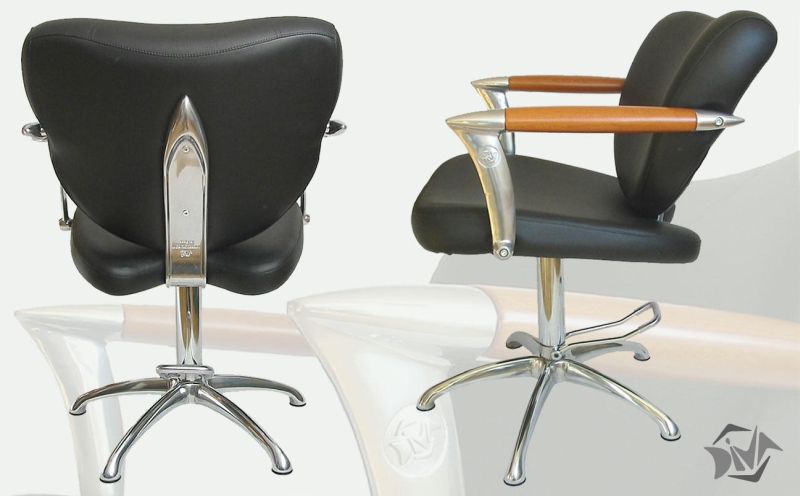
Which project(s) anywhere in the world do you consider exemplary?
There are many projects that made me exclaim: “damn this I wanted to draw it myself!” because they fully represented my industrial design philosophy. One of these is certainly the Parentesi lamp designed by Achille Castiglioni and Pio Manzù for the Italian company Flos.
Produced since 1971, it has represented and represents a real inspiration for me, significantly influencing what is now my industrial design philosophy.
A little while ago, answering your question I told you about when the function and functioning of a product automatically generate its aesthetic aspect … this lamp represents this concept in a masterly way.
It is an intelligent, simple and ironic product, where form comes from function and there is nothing too much, no aesthetic virtuosity as an end in itself.
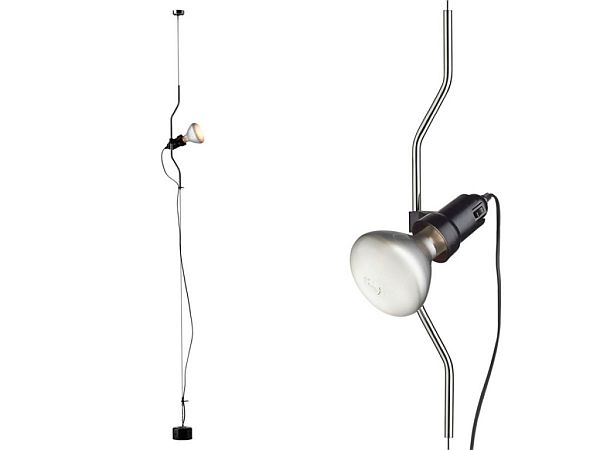
Several years have passed since I first saw this lamp. I think I spent whole evenings imagining that steel cord that crawled in that thin tube, bent so as to obtain a friction, strong enough not to drop the lamp and weak enough to be able to move it up and down without effort… I love that type of thinking, because it produces timeless, beautiful, functional and above all fun objects, because you can’t help but smile when you see them and especially when you understand their logic. In this project there is everything I would like to find in a product. This is industrial design for me!
What has been the most surprising thing about entrepreneurship?
The freedom to be yourself and to do what you like most, with your own rhythms and values. Priceless.
What advice do you have for people who might be thinking about striking out on their own with a small business or creative venture?
To do it without hesitation if they have a passion for what they do because, as Confucius said: “do what you love, and you will not work a single day of your life.”
An important tip: to make a creative profession is not enough to be brilliant and talented one must be equally capable in public relations and in the management of economic aspects. If you do not know how to value your work and ask for the right compensation, even the most beautiful profession in the world can become an inexhaustible source of frustrations and problems, better looking for one or more partners with the qualities that you lack.
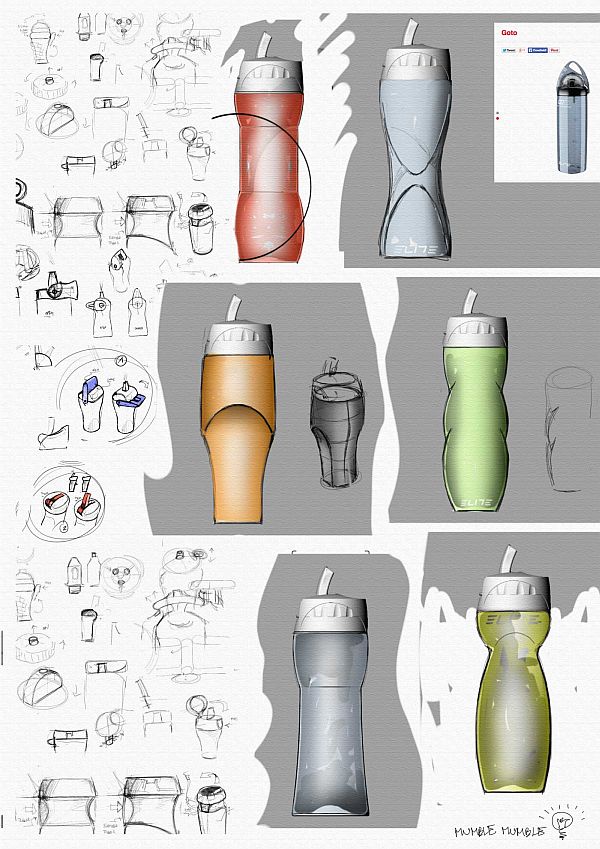
Quick bits:
One advice you’d like to give to your younger self?
To look for someone who can give me the advice I have just given to your readers by answering the previous question! (;-D
What is one of the things you would put on your “bucket” list?
Take the pilot’s license and fly with a seaplane between the lakes of Canada.
If a movie was made of your life what genre would it be, who would play you?
A movie about my life ?! It would certainly be a science fiction film because I love the genre and because the idea that someone can ever dedicate a film to the story of my life is pure science fiction! The actor I would like to play my part is Will Smith, certainly not for the physical similarity but because I really appreciate his way of acting and because he has a “rubber face” like mine!
What is your favorite movie quote?
‘At my signal unleash hell’ – Gladiator di Ridley Scott (2000).
What would you do on Mars for fun?
With all that red clay I would organize a great tennis tournament to envy at the Roland Garros in Paris! Obviously, given the particular environmental conditions, it will be necessary to redesign all the equipment and I already have a precise idea of who will be the designer in charge of doing it … (:-D
Luca, it has been a real pleasure! I can’t thank you enough. Your work is truly an inspiration. We look forward to visit you again and see more of your creative effort in the future. Till then, we wish you all the very best for your future endeavor.



